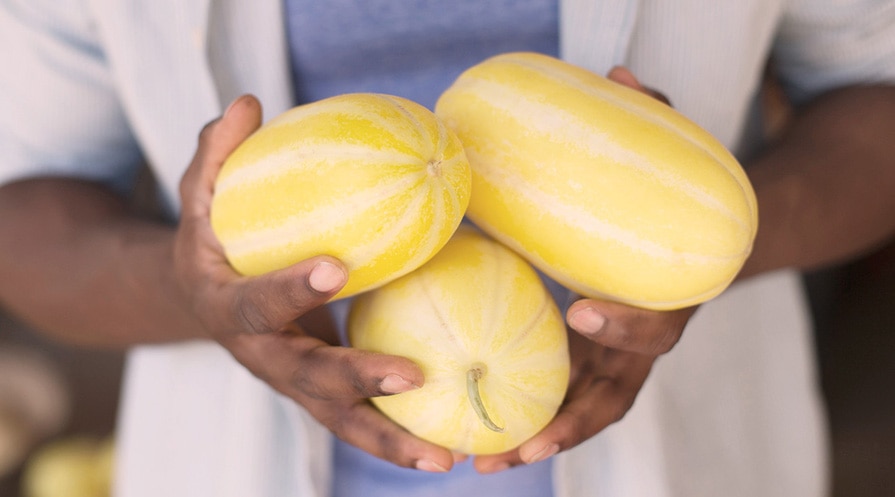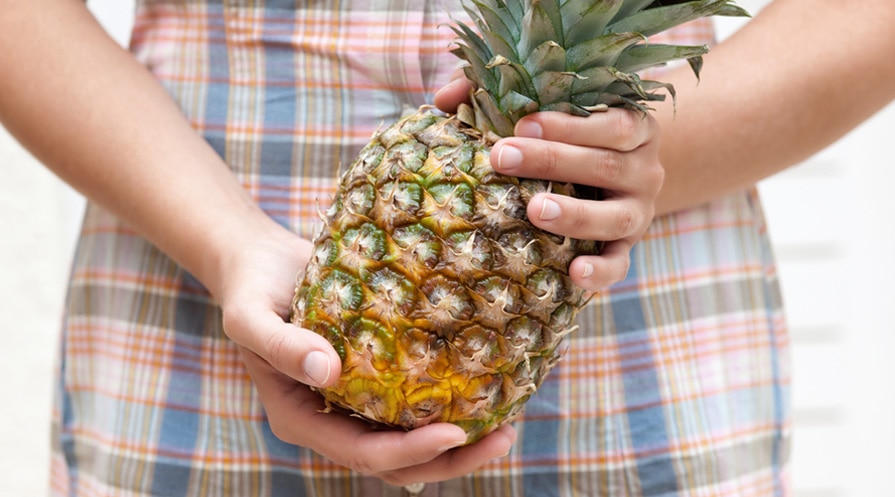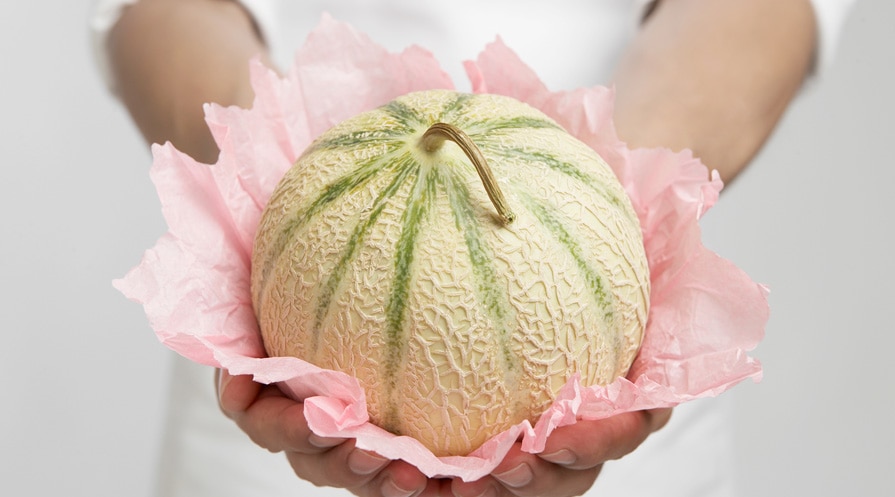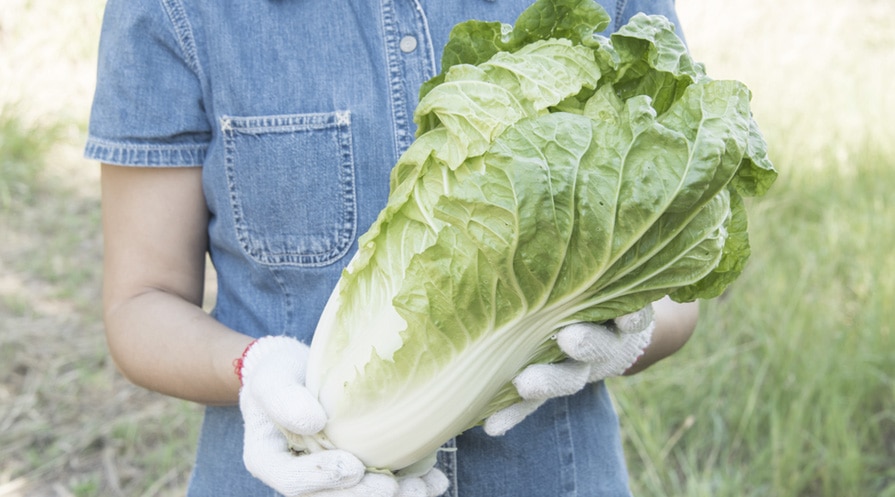Your pregnancy: weeks 33 to 36
Your baby
Now your little one has smooth skin and chubby arms and legs. It’s a good thing your baby is almost ready for life outside the womb, because it’s getting a little crowded in there.
What's happening this week?
Your body
Frequent trips to the bathroom, leg cramps, breathlessness, trouble sleeping — even Braxton Hicks contractions. They’re all signs that your baby is preparing to make their way into the world. Your body needs rest, so take naps when you can. And continue to eat a diet that includes omega-3 fatty acids from foods like salmon and walnuts. They’re especially good for your baby’s brain and vision development.
At 36 weeks, you may be waddling when you walk, and you may experience pain or discomfort as your baby’s head, along with your larger uterus, makes walking uncomfortable. These symptoms should improve when your baby drops farther into your pelvic cavity and your body gets ready for childbirth.
Your to-do list
- Pack your hospital bag.
- Wrap up loose ends at work.
- At your next appointment, talk to your doctor about what kind of newborn testing is required in your state.
- Practice the breathing and relaxation techniques you learned in childbirth class.
- Track your baby’s movements.



